Herons above, artists below
By Ilana DeBare
The herons and egrets that nest in the street trees of downtown Oakland have been painting the sidewalks white for years.
On Wednesday, those sidewalks suddenly got a lot more color.
And the birds got a lot more support — from talented artists taking part in Golden Gate Bird Alliance‘s second annual Eco-Art Flash Mob.
Over two dozen artists converged on Alice and 13th Streets, the center of the downtown nesting colony of Black-crowned Night-herons and Snowy Egrets. Over 50 pairs of herons are raising young in the treetops there, and dozens of egrets are in the process of building nests.
The goal of the art flash mob was to raise public awareness of the dramatic birds nesting overhead, and inspire downtown residents and office workers to protect them.
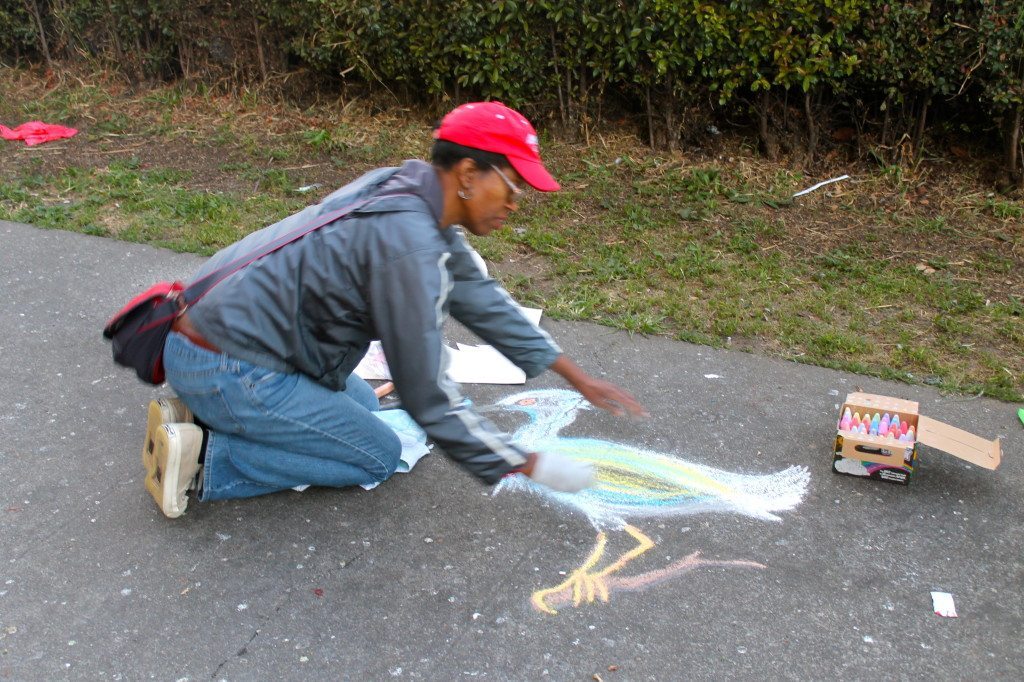 Artist Carrie McClish at work / Photo by Ilana DeBare
Artist Carrie McClish at work / Photo by Ilana DeBare
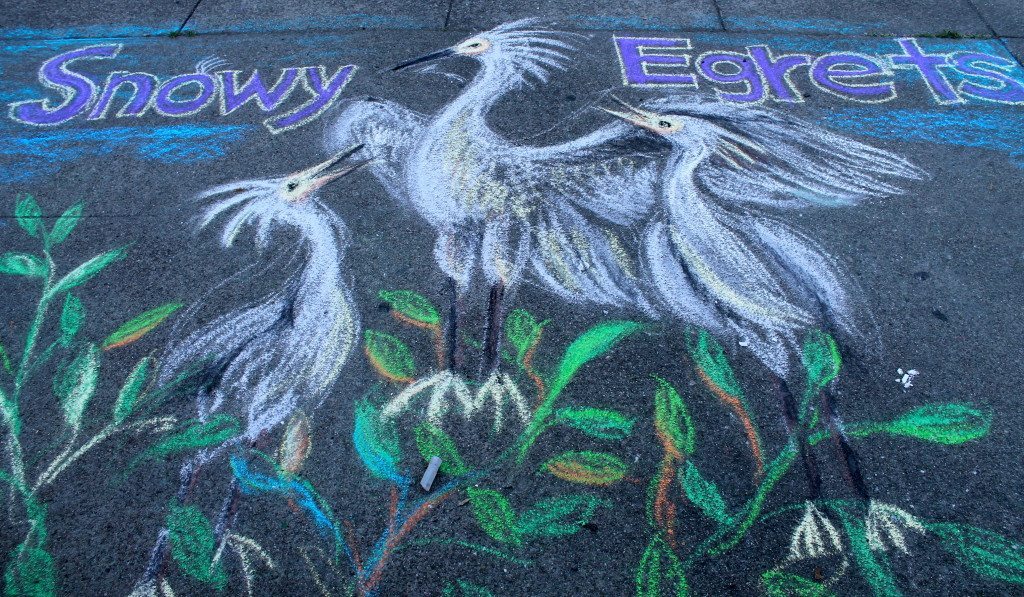 Sidewalk art by Erica Kawata / Photo by Ilana DeBare
Sidewalk art by Erica Kawata / Photo by Ilana DeBare
It’s part of a broader campaign by Golden Gate Bird Alliance that includes volunteer citizen-scientists monitoring the heron colony; docents leading tours and informing the public about the birds; and a partnership between GGBA and International Bird Rescue, the Lindsay Wildlife Museum, and the Oakland Zoo to rescue young herons that are injured when falling from their nests.
The heron project grew out of a notorious incident two years ago, when the post office hired tree trimmers who downed nests and left heron chicks homeless and injured. But Wednesday’s scene was far different — a mood of wonder and delight as birds flew in and out of the trees above, and artists created colorful chalk images below.
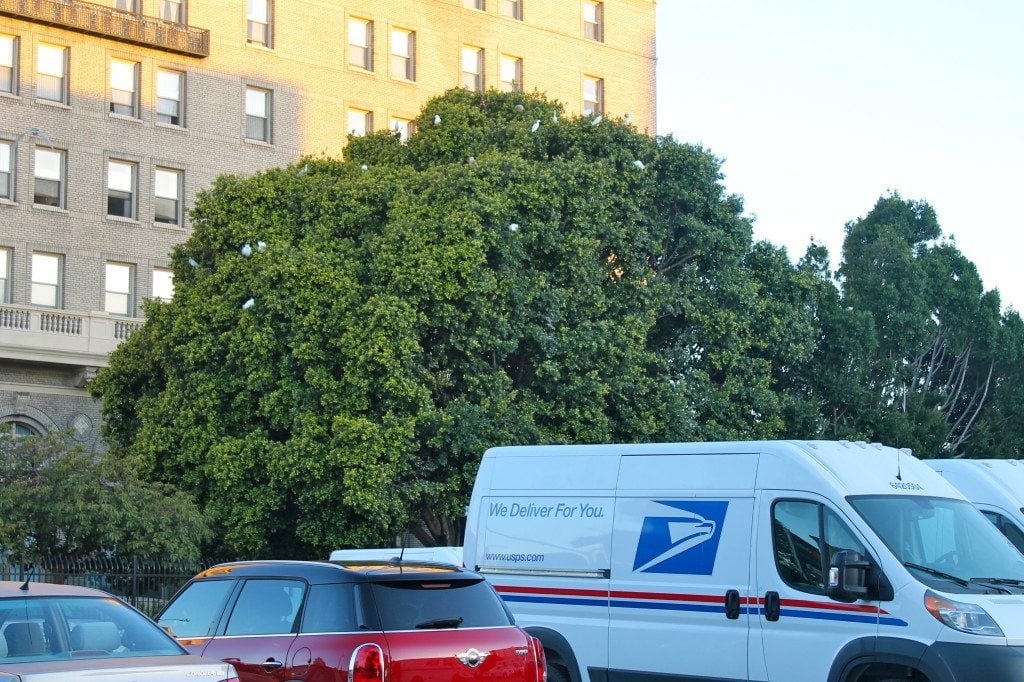 Nesting trees in the heart of downtown – can you spot the egrets? / Photo by Ilana DeBare
Nesting trees in the heart of downtown – can you spot the egrets? / Photo by Ilana DeBare
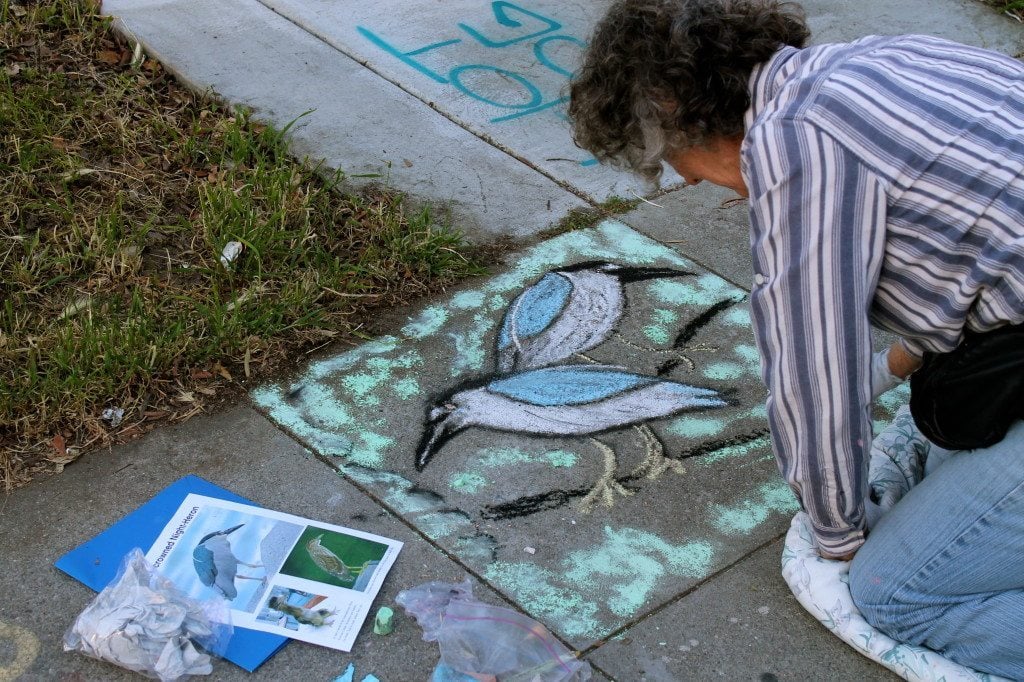 Artist Mary Blume at work / Photo by Ilana DeBare
Artist Mary Blume at work / Photo by Ilana DeBare
There herons and egrets are colonial nesters, and some street trees had up to a dozen nests built by both species. The block was filled with the birds’ clicks, squawks, kwoks, and cackles.
“This sounded like super fun,” said Dustin Feider, a member of the Urban Sketchers group who was drawing a wacky-eyed heron chick from a photo. “I had no idea this was here. Look at this tree — it’s fully packed!”
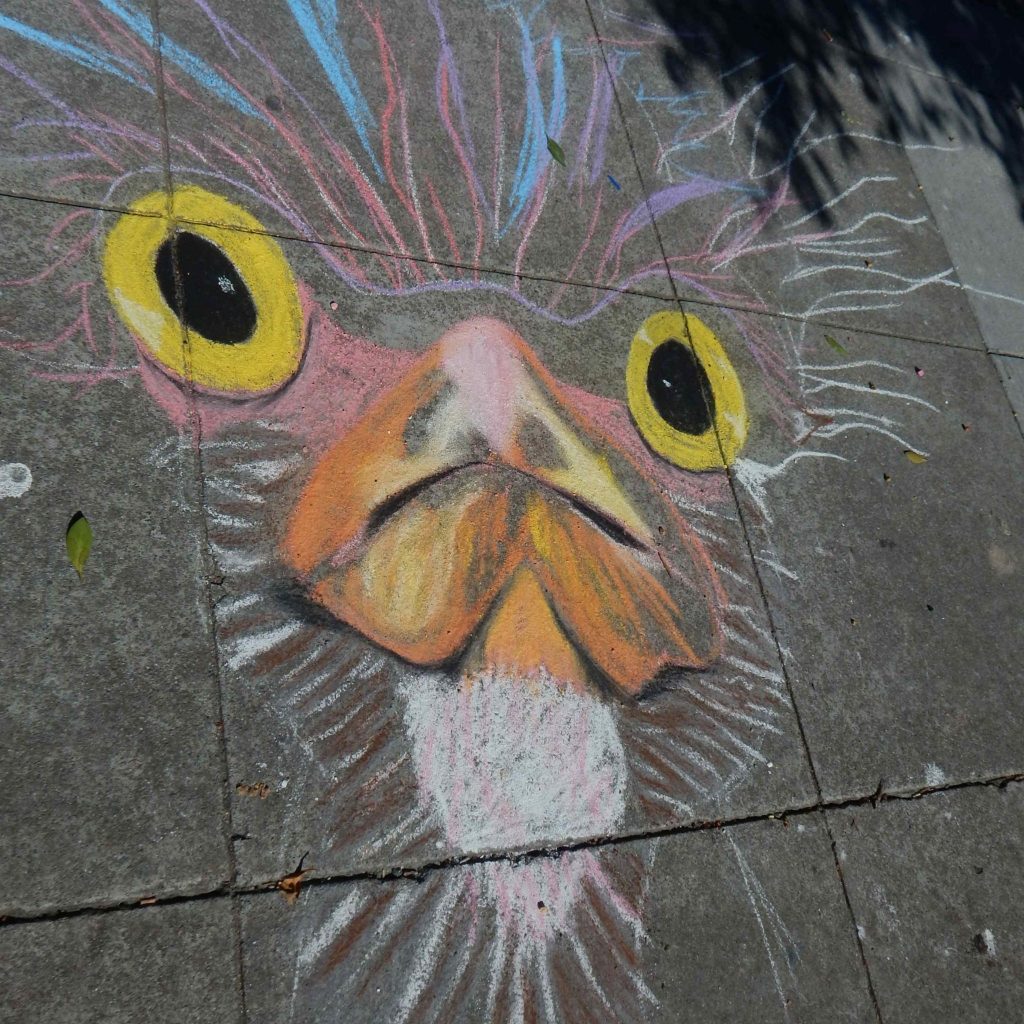 Wild-eyed heron chick by Dustin Feider / Photo by Cindy Margulis
Wild-eyed heron chick by Dustin Feider / Photo by Cindy Margulis
“What a wonderful thing to discover right in the midst of the city!” echoed Cathy Raingarden, another artist from the Urban Sketchers group.…

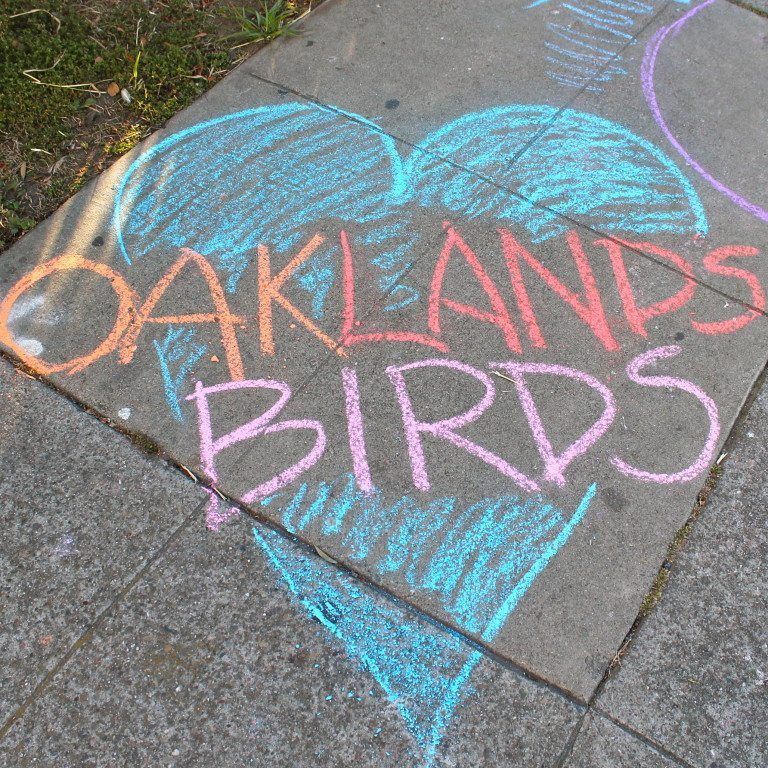
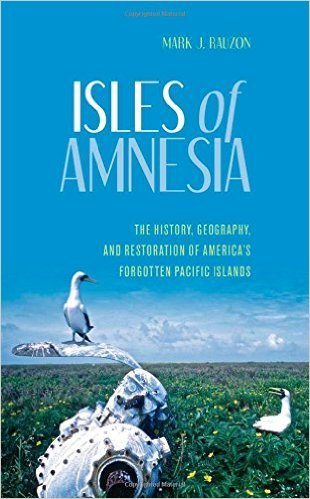
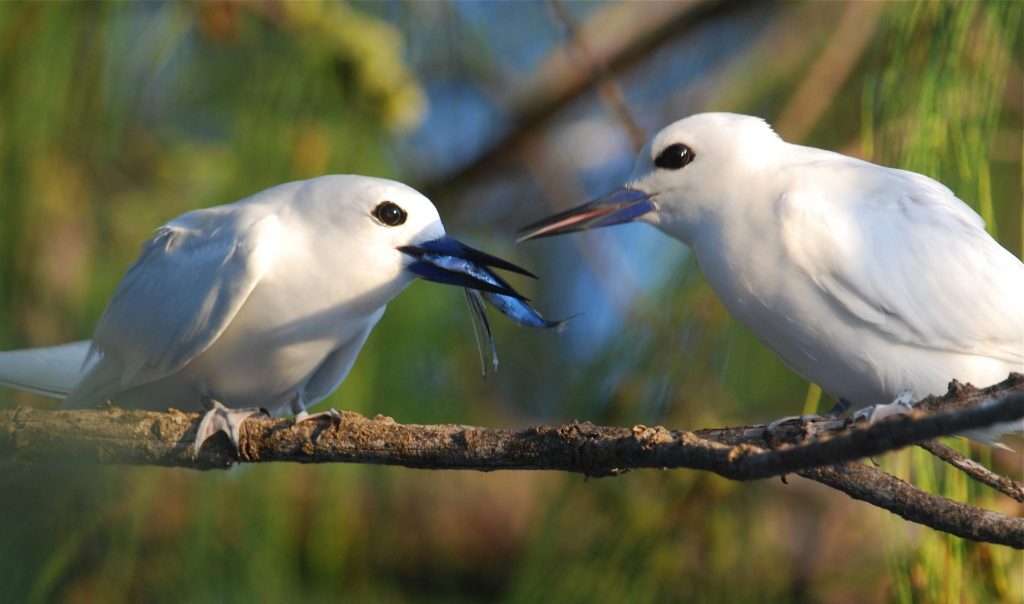 White Terns, by Mark Rauzon
White Terns, by Mark Rauzon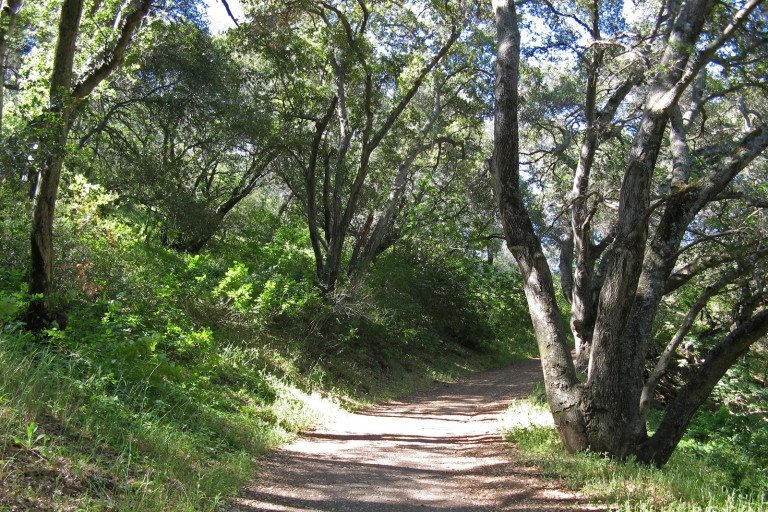
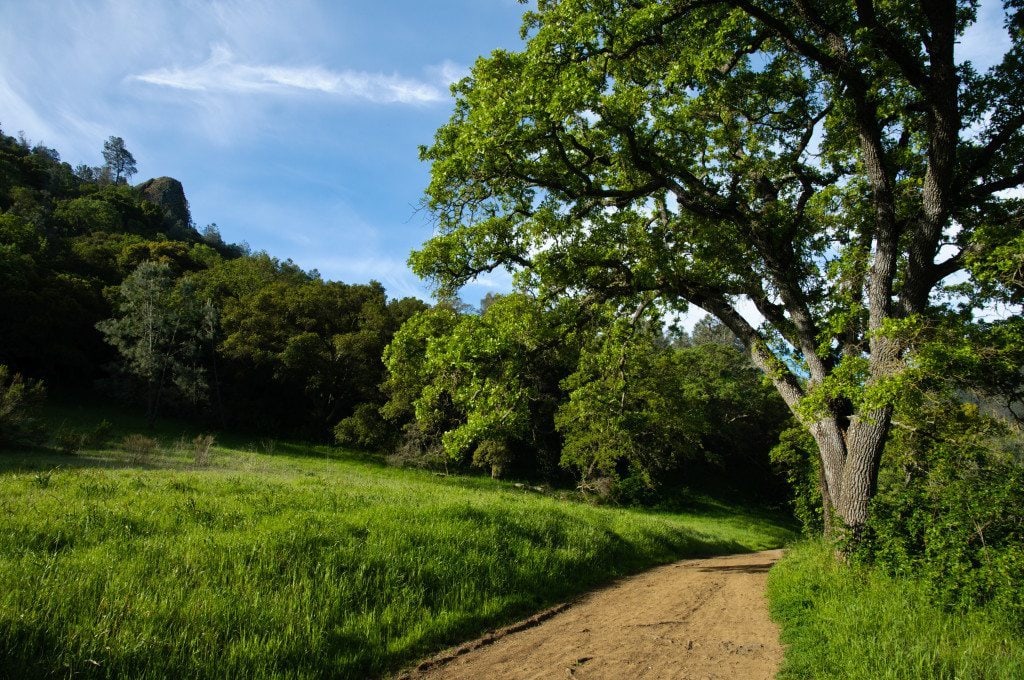 Mitchell Canyon in springtime, by Scott Hein
Mitchell Canyon in springtime, by Scott Hein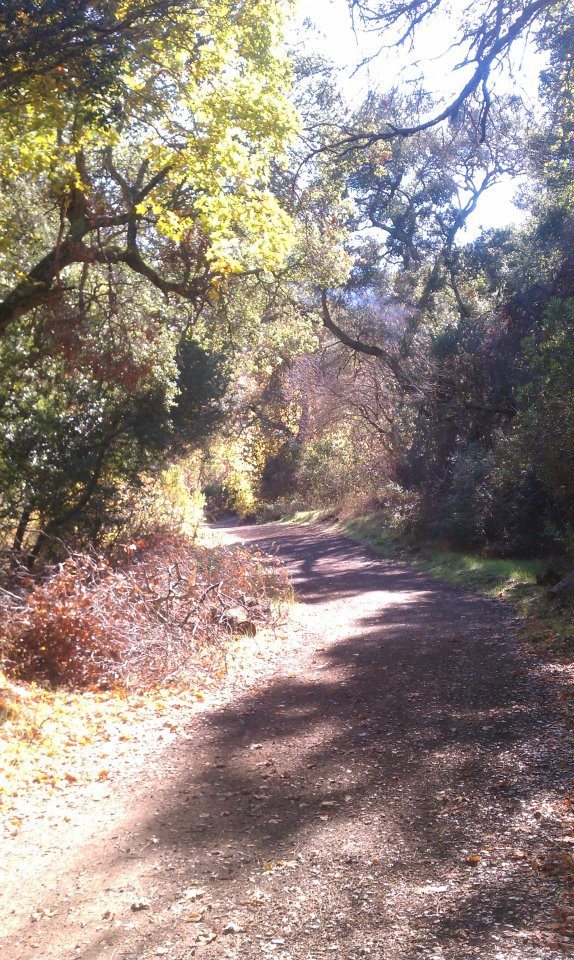 Mitchell Canyon in the dry season, by Matt Guziejka
Mitchell Canyon in the dry season, by Matt Guziejka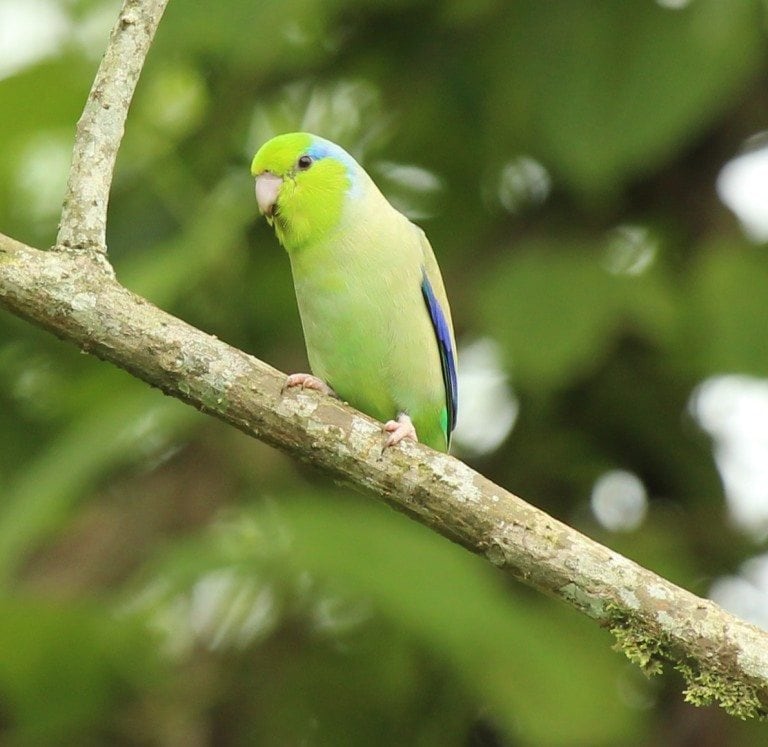
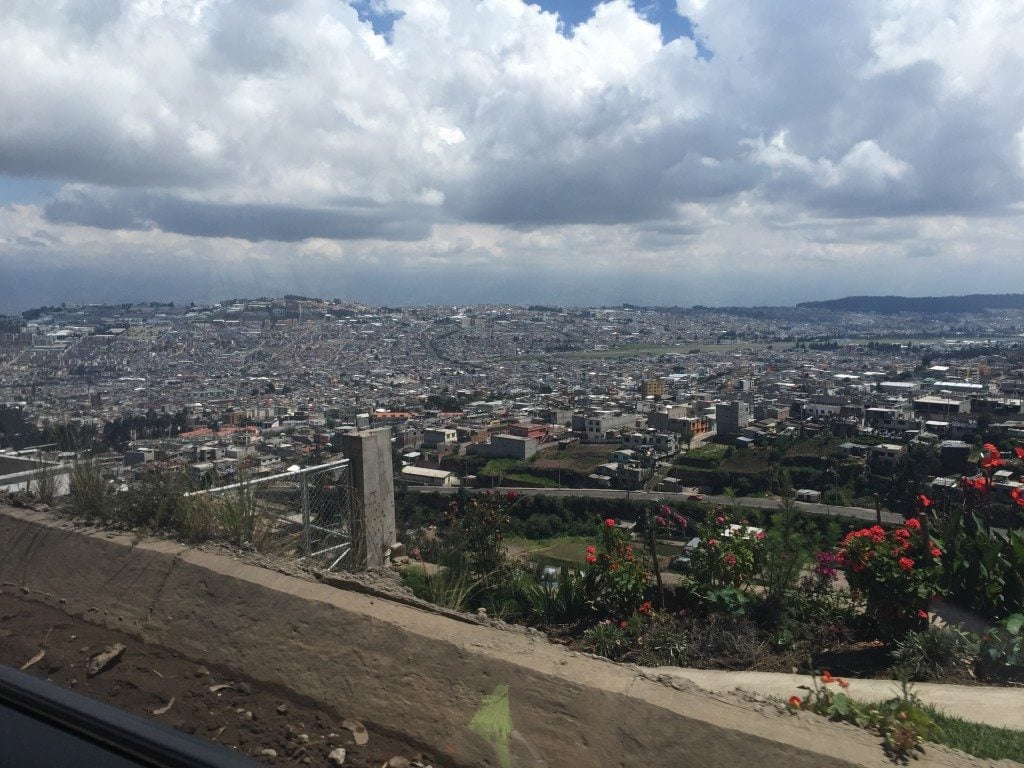 View of Quito from lodge grounds by Krista Jordan
View of Quito from lodge grounds by Krista Jordan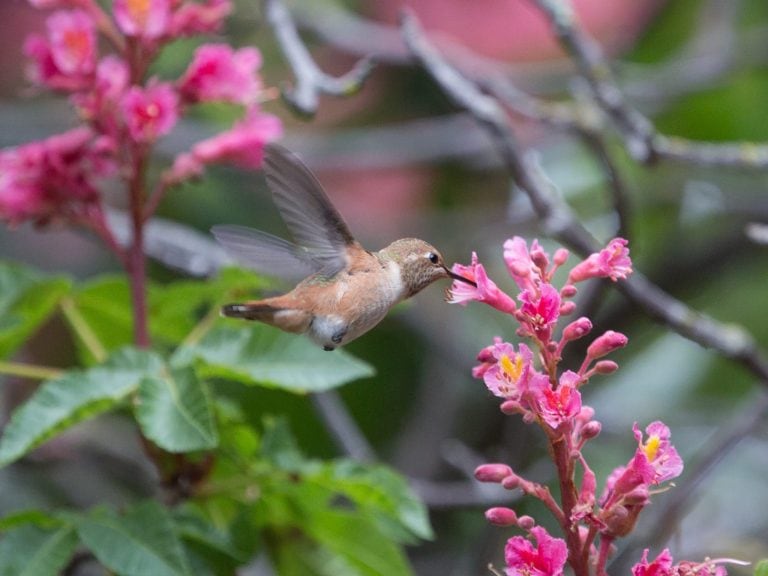
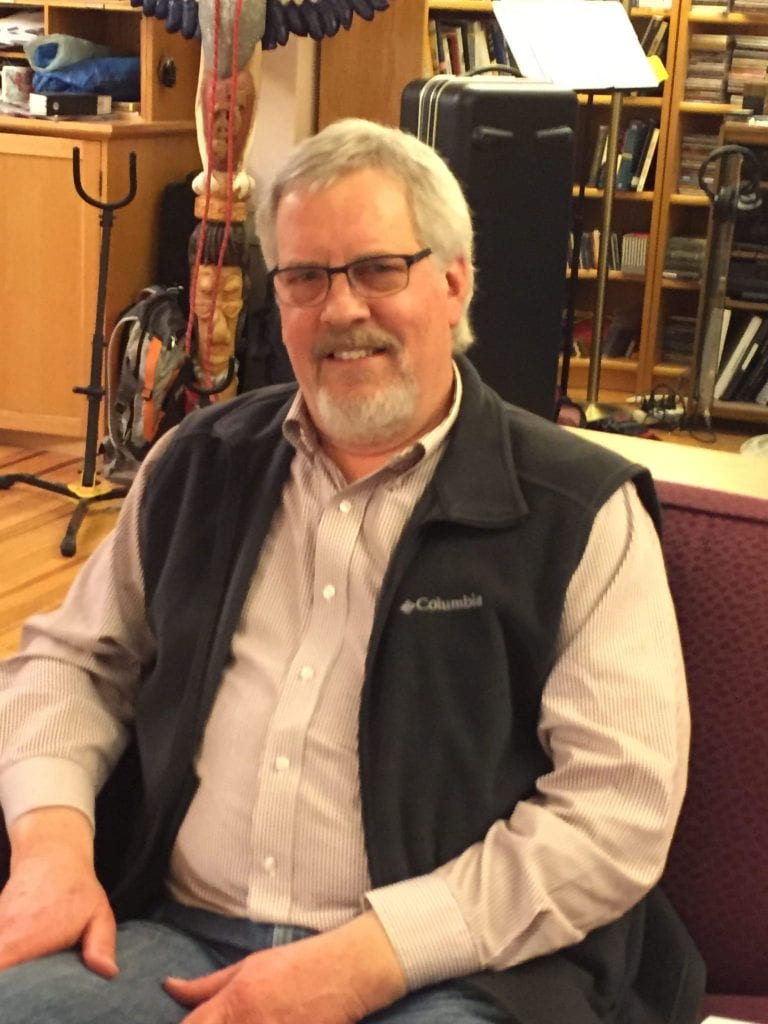 Dan Harris / Photo by Ilana DeBare
Dan Harris / Photo by Ilana DeBare Ring-necked Ducks, photographed in Golden Gate Park during a past Birdathon by Dan Harris
Ring-necked Ducks, photographed in Golden Gate Park during a past Birdathon by Dan Harris